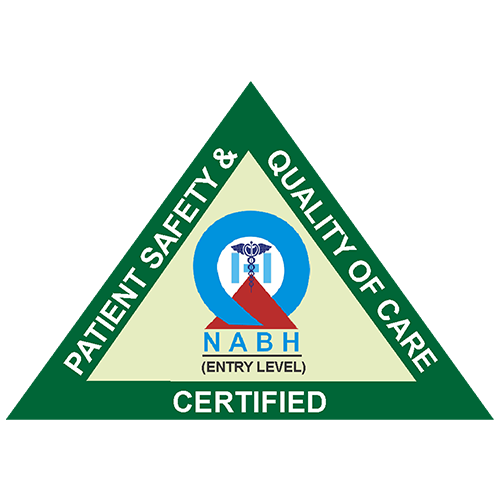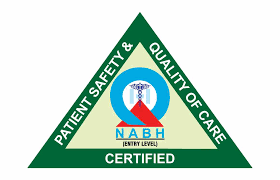What Exactly Is Testicular Cancer and How Prevalent Is It?
Testicular cancer is a condition where cells within one or both testicles grow abnormally, becoming cancerous. There are various types of testicular cancer, each depending on the type of cell involved, all of which are serious.
Typically, testicular cancer affects men in their youth and middle age, with the average age of diagnosis around 33 years old. However, around six percent of cases occur in children and adolescents, while about eight percent affect men over 55.
In most cases, testicular cancer responds well to treatment, resulting in a very low lifetime risk of death from the disease, estimated at about 1 in 5,000 men. However, if left untreated, testicular cancer can spread to other parts of the body, forming new tumors, a process known as metastasis. The most common sites of metastasis include the abdomen, liver, lungs, bones, and brain. Depending on the type of testicular cancer, it can spread rapidly and prove fatal if not addressed promptly.
What Factors Increase the Risk of Developing Testicular Cancer?
There are several risk factors associated with testicular cancer. Interestingly, many boys and men diagnosed with it don’t exhibit these factors, which include:
- Undescended testicle
- HIV infection
- Carcinoma in situ of the testicle
- History of testicular cancer in families
- Specific race/ethnicity
- Previous history of testicular cancer
- Size of the body
Typically, the initial symptom is a lump on the testicle or swelling of the testicle. Additional signs may include breast growth or tenderness and premature puberty in boys. In advanced stages, symptoms might encompass low back pain, difficulty breathing, chest pain, a persistent cough, abdominal discomfort, and headaches or confusion.
While most physicians agree for including a testicular examination as part of routine physical check-ups, some also advise men to conduct monthly self-examinations of their testicles following puberty. This practice is particularly encouraged for individuals with any of the mentioned risk factors.
How Is Testicular Cancer Identified and Managed?
The diagnostic process for testicular cancer typically starts with a thorough physical examination conducted by a doctor. If any abnormalities, such as a lump, are detected, further tests will be recommended. These tests may involve:
- Ultrasound imaging of the testicles
- Blood tests to check for tumor markers
- Surgical removal of the tumor for examination
In the event of a cancer diagnosis, additional tests will be performed to determine the extent of the cancer’s spread throughout the body and to assist in devising an appropriate treatment strategy.
Comprehensive Approach to Testicular Cancer Treatment
Management for testicular cancer may involve a blend of surgical procedures, radiation therapy, and chemotherapy. The choice of treatment depends largely on the specific type and stage of the cancer.
Should you have inquiries regarding testicular cancer, our team is readily available to address your concerns and deliver tailored treatment options.





Real Estate I very delighted to find this internet site on bing, just what I was searching for as well saved to fav
BaddieHub There is definately a lot to find out about this subject. I like all the points you made